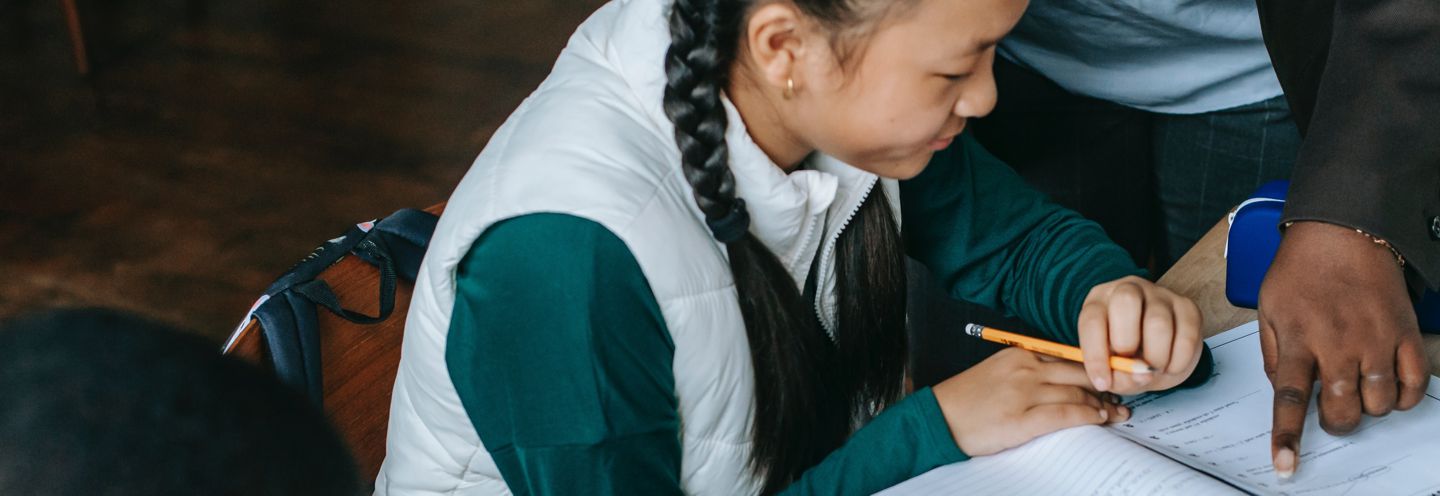Teacher Resources | 51 Results

In this lesson, students explore the absence, or unrealistic portrayal, of consequences to violence in the media.

This lesson teaches children that television doesn't always offer the best solutions to conflict.

This lesson develops a beginning awareness by students of how they feel towards, and respond to, different sports, and how the media represents athletics.

In this lesson, students look at the different ways in which we spend our free time and learn to find balance between active, learning and media activities. They begin by distinguishing between

In this lesson, students discuss television programming aimed at children and how girls and boys are portrayed in it. Students illustrate what they dislike about portrayals of girls or boys and then

In this lesson, students consider the role of snack foods in a healthy diet. The teacher then guides them on a tour of popular sites aimed at children, where the class identifies and classifies the

In this lesson, students learn about the concept of "time capsules" and then apply the idea by selecting time capsule contents to represent both the time they live in and their own lives and tastes.

This lesson encourages children to explore the differences between their real families and TV families by imagining how their own families might be portrayed on a television show.

This printable activity sheet introduces basic media literacy skills and concepts and is suitable for use in homes, schools and libraries. It can be completed independently, but children will learn

This lesson introduces students to the ways in which advertising can affect their food choices.

